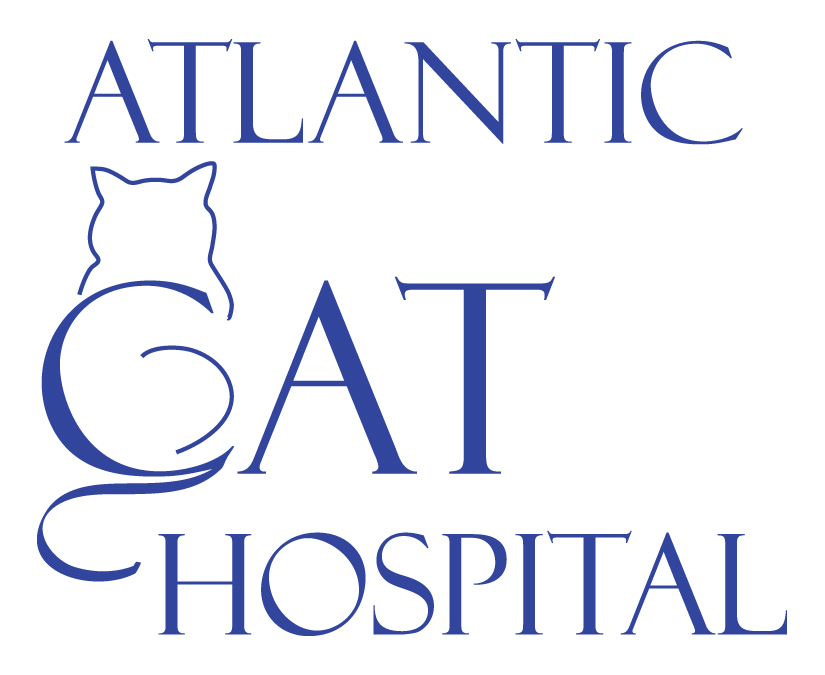Library
-
There are five primary reasons for vaccination failure. Vaccine inactivation is one reason and is most commonly caused by warming during shipping and handling. In addition, vaccines are not always 100% effective. Cats may also be unhealthy or too young, leading to vaccine failure. Interference by maternal antibodies can lead to the vaccine being blocked. Lastly, cats receiving overwhelming exposure to a virus may have a failure in the effectiveness of the vaccine.
-
Vaccines are necessary to reduce infectious disease-caused illnesses in cats. They work by stimulating the body's immune system to recognize and fight a particular microorganism such as a virus, bacteria, or other infectious organism. The vaccine helps the body prevent infection or lessen the severity of the infection, and promotes rapid recovery.
-
Pet monitoring systems provide peace of mind for pet owners. While away from home, pet parents can monitor the home and pet. Monitors allow observation as well as interaction that benefits both pet and owner. Numerous options are available to accommodate the individual needs of both pet and pet parent. Do a little research to find the one that best fits your needs.
-
Weight-loss programs are not easy, especially when an overweight animal cannot exercise. Veterinary therapeutic diets, automatic feeders, food puzzles, and animal rehabilitation therapy are tools that should be considered for every pet's weight loss program. Pet parents who are motivated to help their overweight dog or cat lose weight should work closely with their veterinary healthcare team to address concerns and discuss ideas for the pet's home environment. The most successful pet owners recruit family and/or friends to support their plans. Patience and persistence are often needed because weight loss doesn't happen quickly.
-
A wellness examination includes a complete physical examination and discussion about your cat's daily habits and nutrition. Depending on your cat's age, these visits may be recommended annually or more frequently. Lab work such as blood tests, urinalysis, and fecal tests are often recommended to screen for underlying disease. Blood pressure assessment and radiographs of your cat's chest, abdomen, or joints may also be suggested. Prepare for your cat's wellness examination by knowing what food she eats and how much, any supplements or medications they are taking and if anyone in your household has noticed changes or concerns.
-
Regular wellness exams and laboratory testing are designed to detect hidden disease in cats, allowing for earlier intervention to correct or manage disease. Typical testing in young or middle-aged cats includes complete blood count, biochemistry panel, and urinalysis. These tests can be done in conjunction with your cat’s annual visit to your veterinarian.
-
Regular wellness exams and laboratory testing are designed to detect hidden disease in older cats, allowing earlier intervention to manage or slow the progress of the disease. Typical testing in senior and geriatric cats includes complete blood count (CBC) that assesses the red blood cells, white blood cells, and platelets; a biochemistry panel that provides information about the organs, electrolytes, blood sugar, and proteins; urinalysis that assesses kidney function and can identify inflammation or infection in the urinary tract; thyroid testing to identify hyperthyroidism; and blood pressure assessment to identify hypertension.
-
Cats can have misalignment of the teeth much like people. In people, orthodontic care can be used to perfect a pleasing smile or create a functional bite. In cats, the goal is to make the mouth functional and pain free. Often, this involves moving, reducing the height of teeth, or extracting teeth.
-
Cat grass can be one of many cereal grains such as oat, wheat, barley, alfalfa, or rye. The grass is planted and cultivated indoors and presented to the cat as a supplement to the existing diet. Eating grass targets a cat’s natural instinct to forage and provides entertainment as well as nutritional and digestive value.
-
Cats will always lick, but it is sometimes embarrassing when they lick their private parts. Licking after eliminating is normal; however, if your cat licks more frequently, or you notice other signs such as discharge; swollen or red penis, vulva, or anus; pustules; discoloration of the skin; or if your cat strains to urinate, see your veterinarian for help. Appropriate medical therapy can reduce your cat's discomfort.






